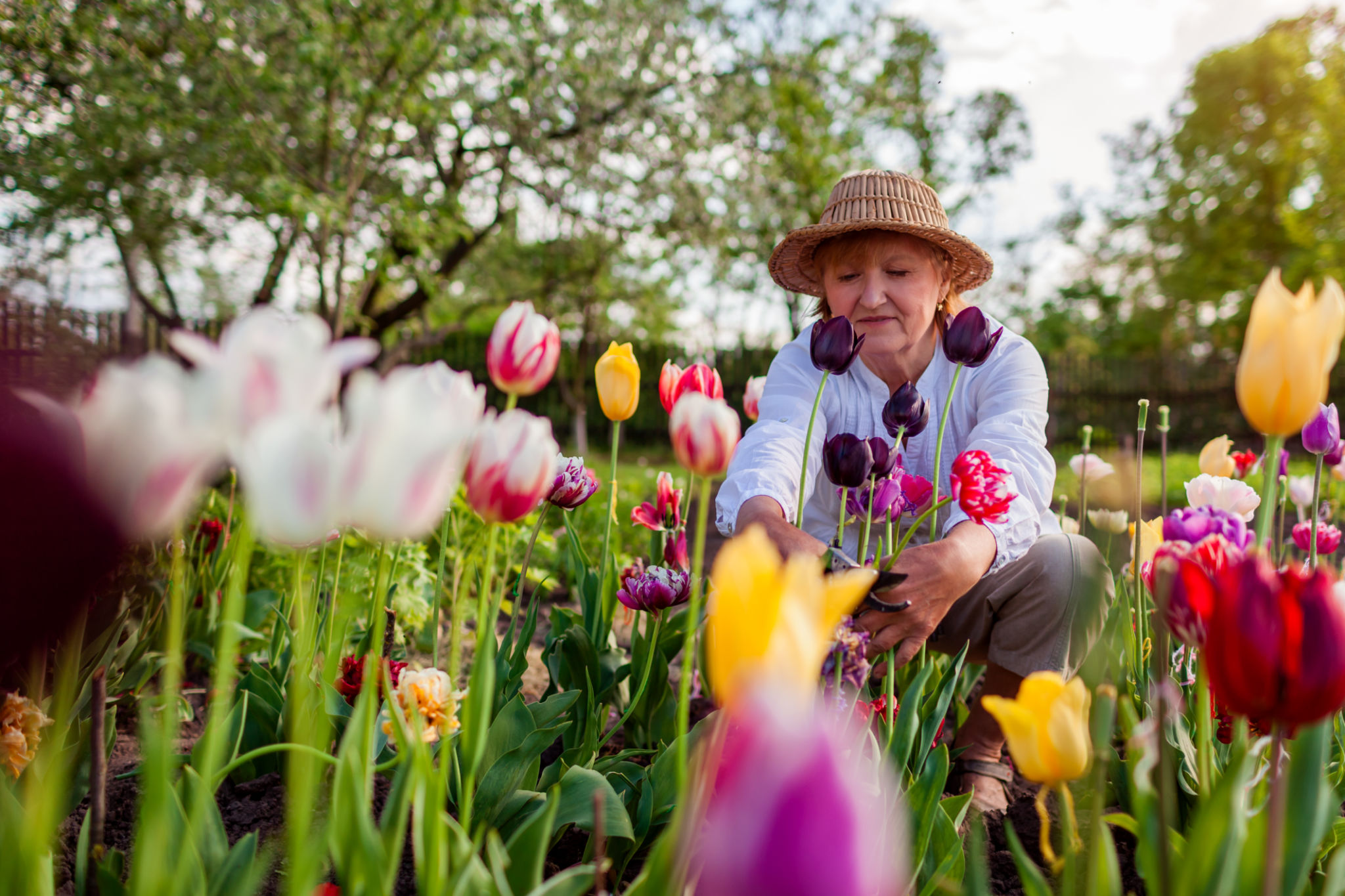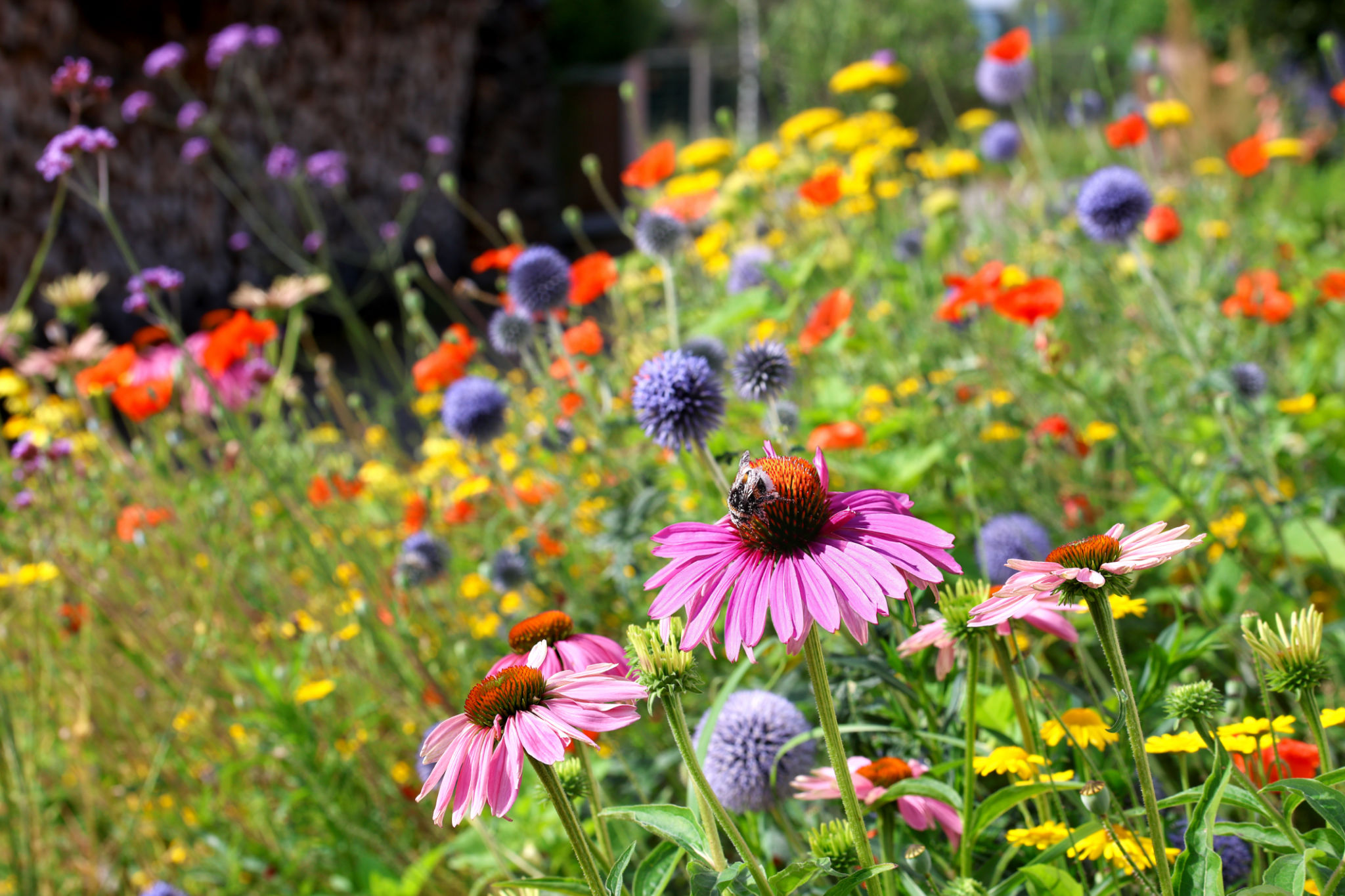Seasonal Gardening Tips for NY Homeowners: Preparing for Spring
Understanding Your Local Climate
Spring is a delightful season to rejuvenate your garden after the chilly New York winter. However, understanding the local climate is essential for successful gardening. New York's spring can be unpredictable, with temperatures fluctuating significantly. It's crucial to monitor weather forecasts and soil conditions to ensure optimal planting times.
Start by checking the last frost date in your region. This vital information will help you determine when to begin planting. Typically, the last frost in New York occurs around mid-April to early May, but this can vary depending on specific locations.

Preparing Your Soil
Healthy soil is the foundation of a thriving garden. Begin by testing your soil's pH and nutrient levels. You can purchase a home testing kit or send a sample to a local extension service for more comprehensive analysis. Adjusting the soil's pH and nutrient levels will ensure that your plants have the best possible start.
Once you have your soil test results, amend the soil with organic matter such as compost or well-rotted manure. This will improve soil structure, drainage, and fertility. It's advisable to perform this task a few weeks before planting to allow the soil to settle and integrate the amendments.

Choosing the Right Plants
Selecting plants that are well-suited to your local climate and soil conditions is crucial for a successful garden. Consider planting native species, as they are adapted to the local environment and require less maintenance. Popular choices for New York gardens include daylilies, coneflowers, and asters.
Additionally, consider incorporating a mix of perennials and annuals to ensure continuous blooms throughout the season. Perennials will return year after year, while annuals can provide vibrant color and variety.

Planning Your Garden Layout
A well-thought-out garden layout can enhance both aesthetics and functionality. Start by sketching a plan of your garden space, considering factors like sunlight exposure, water sources, and existing structures. Group plants with similar water and light requirements together to simplify maintenance.
Incorporate pathways and seating areas to create inviting spaces for relaxation and enjoyment. Consider adding vertical elements such as trellises or arbors to maximize space and add visual interest.
Implementing Sustainable Practices
Sustainability is increasingly important in modern gardening. Implementing sustainable practices can benefit both your garden and the environment. Consider methods like rainwater harvesting and drip irrigation to conserve water.
Additionally, embrace organic gardening techniques by avoiding synthetic fertilizers and pesticides. Instead, opt for natural alternatives such as compost tea and neem oil to protect your plants while preserving beneficial insects.

Maintaining Your Spring Garden
Once your garden is planted, regular maintenance is key to keeping it healthy and vibrant. Establish a consistent watering schedule, adjusting for rainfall and temperature variations. Early morning watering is ideal to minimize evaporation and fungal diseases.
Regularly inspect your plants for signs of pests or diseases, addressing any issues promptly to prevent them from spreading. Mulching around plants can help retain moisture, suppress weeds, and regulate soil temperature.
